We often get asked, “What yoga mat should I buy?”. While we are firm believers you do not need to spend money to practice yoga, yoga mats can assist or detract from a yoga practice. A yoga mat that is too thin can make it hard to practice certain postures on the knees. Mats without enough grip can slide all over the floor. Cheap yoga mats will shred within a few hard uses.
There is no straightforward answer for determining the best yoga mat for you. In this post, we will review what we suggest to our yoga students. Please note this post does contain affiliate links and we may earn a small commission if you purchase through our site at no extra cost to you.
Start with whatever you have (with exceptions)
If you have a yoga mat lying around because you bought it for you a few years ago and never used it, you somehow won it in workplace raffle, or one of your children thought it would be a good idea to give you a mat, use that first. The exception is those thick padded workout mats, sometimes even packaged as a yoga mat. We have students that have brought these in because they thought it would be good for their knees. However, what often happens is they are slipping all over the floor because it is too smooth. Even worse, they can put extra stress on the wrists in postures such as downward-facing dog because the body does not have a firm surface to stay balanced on. There are other mats and ways to help pad the knees if they need extra thickness for their joints.
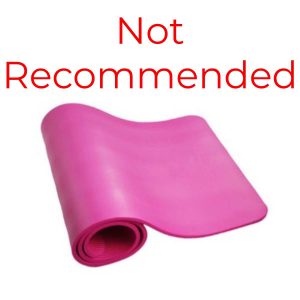
If the mat you already have works well for your practice and you don’t have any issues sliding all over your mat, enough support for your knees, and no physical reactions– keep what you have until it starts to fall apart. If it does start to fall apart, check with the company– many, like Gaiam and Manduka, are now offering lifetime guarantees.
If you do not have one lying around the house and have never taken a yoga class before, we recommend starting with a basic yoga mat within your budget with a thickness between 5mm – 6mm. There is no reason to spend a ton of money on a mat if you don’t know how often you are going to use it and what features you need. Often a 5mm – 6mm works well for people just starting out with their yoga practice.
Personally, we like the Gaiam Premium Extra Thick 5mm – 6mm. It is the most affordable option for someone just getting started for a few reasons. While these are not labeled as Eco-friendly, there is a lifetime warranty. They last a long time so they tend to not disintegrate and leave little rubber balls around your mat after some heavy usage. The thickness is key– they are thick enough to provide adequate support for the knees with enough compression to support the practice. Additionally, unless you tend to sweat a lot during class, the stickiness to the mat is adequate. Price points range between $25 – $35 depending on where you purchase it.
Yoga mats are often made with synthetic materials, even the Gaiam Premium Mat listed above. If you prefer purchasing more sustainable products and do not mind spending a little extra paying for it, the Jade Harmony yoga mats are great. These are made from natural rubber, provide great grip and great support for the knees.
Price point between $65 – $85.
If your knees ache in tabletop posture or child’s pose, you slip a little bit on your mat, and you want something sustainable the Manduka Pro or proLite is an excellent option. It provides great support so most people do not need to double up mats or use extra support like blankets or knee pads. If you walk or bike to yoga, the proLite is a lighter and smaller option. The Pro is great for its length and width but can also be a little heavy to transport if you have to go far distances. Price point is $80 – $110.
If you feel like your on a Slip N Slide instead of a yoga mat because of all of your glorious sweat, the Iuga Pro Non-Slip Yoga Mat. It’s comparable to a Lululemon mat without the price tag. While this is great if you sweat a lot, it can be sometimes so sticky that certain postures may be challenging. For instance, I could not pop up into a wheel easily because my shoulders would stick to the mat. However, it is great for most of the practice if your sweat really gets into the way of things. Price point is between $50 and $60.
In light of the Coronavirus, we updated our list for students who might be accustomed to using community mats but may not be able to carry their own yoga mat to class due to heaviness or size. If they want a little extra protection from the community mat, we recommend using a lightweight travel mat which is easy to fold in a bag. During class, they can be placed on top of a yoga mat for an extra barrier of protection. We recommend the Gaiam Yoga Mat Folding and Travel Mat.
Where to buy yoga mats
Most yoga mat brands can be found online. We found the best place to buy a yoga mat online is on Amazon as there are often discounted prices. You can also check out stores like Marshall’s and TJMaxx that occasionally have some yoga mat deals for Mandukas or Gaiams.
If you make it to any of our classes, check to see if we have any available to borrow to test them out in advance.
Other Yoga Props to Support Your Practice
We recommend everyone have their own mat whenever they are able to purchase one. We also encourage props to support their practice.
Yoga Strap: Yoga straps are great when trying to stretch to certain areas of our body or are worked into certain postures like chest openers. Any strap will do. However, some people have a preference for a formal yoga strap while others prefer the resistance bands.
Yoga Blocks: Yoga blocks help make challenging postures more accessible, be used as a tool to make challenging postures more challenging, and provide support for restorative postures.
Mexican Blanket: A blanket can act as a more flexible bolster, support for the knees, a barrier for your mat and the community bolsters, or just as itself– a blanket to keep warm in restorative postures.
Yoga Bolster: While we do not recommend bringing this to class, yoga bolsters can help with alignment and restorative postures and practices.
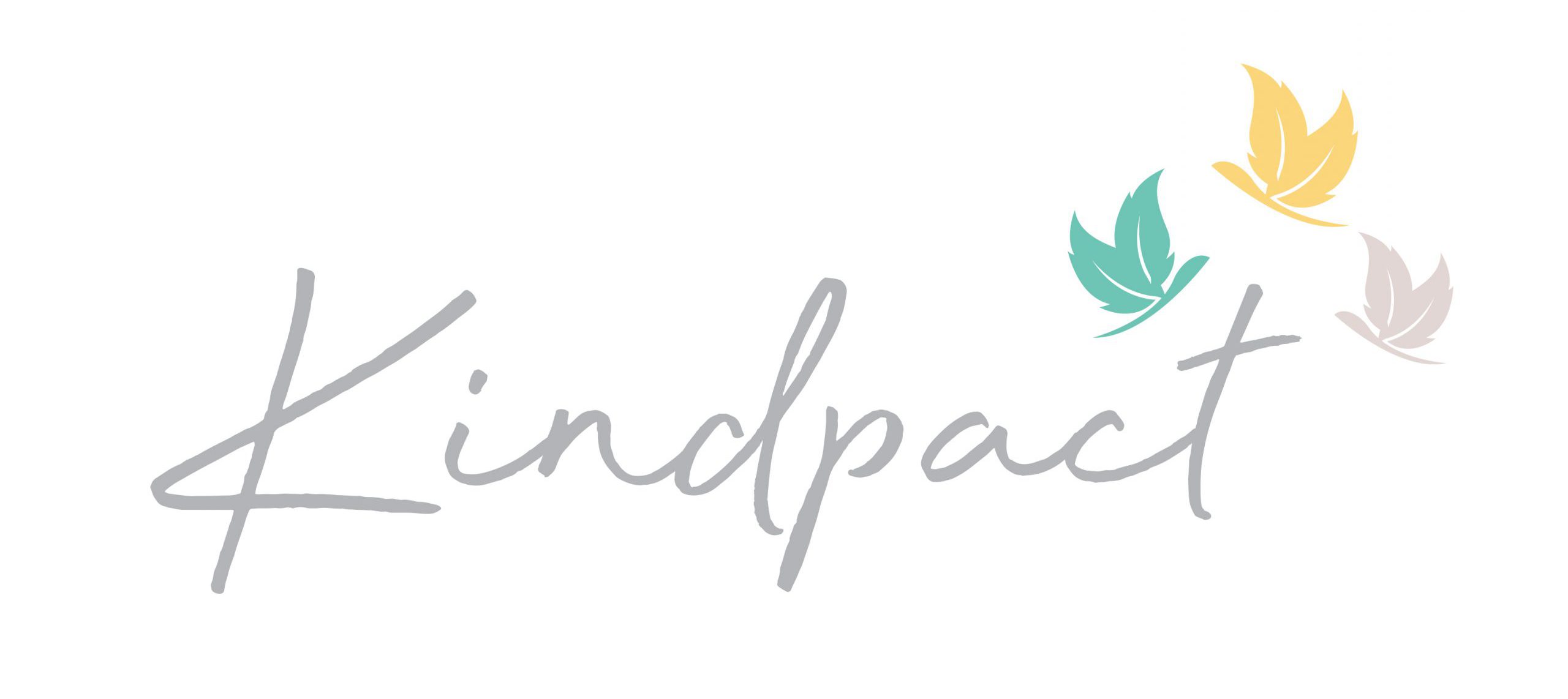
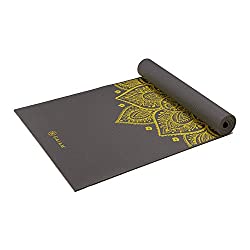
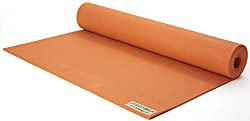
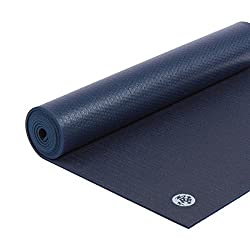
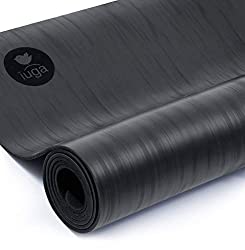
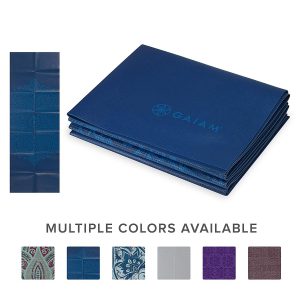
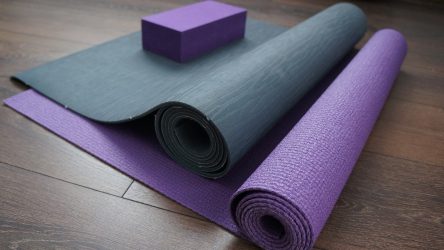
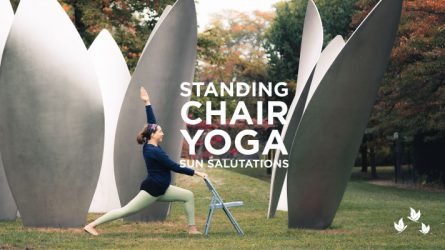
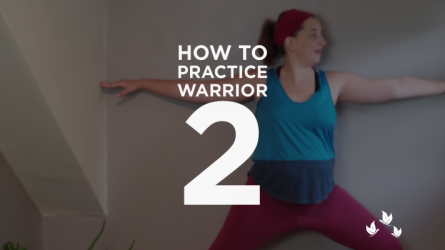
Pingback: How to set up a home yoga practice - Kindpact